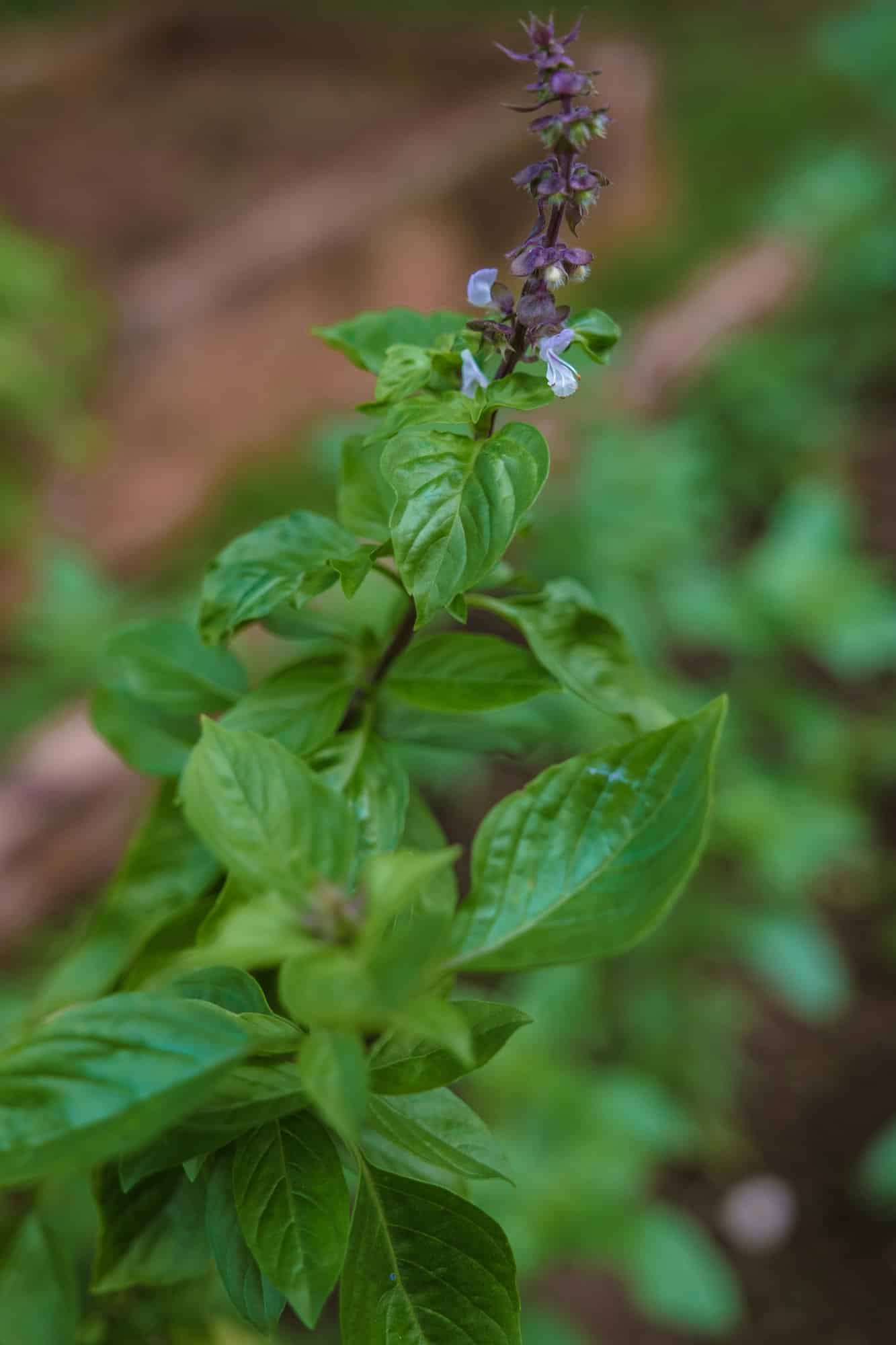Sustainable high-tech fabrics are revolutionizing outdoor gear in the UK, blending performance with environmental responsibility. Choosing the right materials can enhance your adventure while minimizing your carbon footprint. Explore innovative options, from recycled synthetics to biodegradable textiles, and discover how to create a sustainable wardrobe for any weather. This guide will equip you with knowledge to make informed decisions, ensuring your outdoor pursuits align with your values. Get ready to embark on your eco-friendly adventure!
Overview of Sustainable High-Tech Fabrics
Sustainable high-tech fabrics are revolutionising the textile industry by integrating eco-friendly materials with advanced technology. These fabrics are designed to reduce environmental impact while offering superior performance. The importance of these textiles lies in their ability to provide durable, high-quality options that cater to both consumer needs and environmental concerns.
Also to read : Mastering the Art of Quirky Fascinators: Your Guide to Standing Out at Casual UK Events!
There are various types of sustainable fabrics available, particularly for outdoor activities. For instance, recycled polyester, made from plastic bottles, is a popular choice due to its durability and moisture-wicking properties. Organic cotton, grown without harmful pesticides, offers a breathable and soft alternative. Additionally, Tencel, derived from sustainably sourced wood pulp, is known for its biodegradability and comfort.
The environmental impact of traditional fabrics can be significant, often involving resource-intensive processes and the use of non-renewable materials. In contrast, eco-friendly materials aim to minimise waste and pollution. By opting for sustainable high-tech textiles, consumers contribute to a reduction in carbon emissions and water usage. This shift not only supports conservation efforts but also encourages the industry to innovate further in sustainable practices, ultimately leading to a more sustainable future for fashion and textiles.
Additional reading : Building a Capsule Wardrobe: Discover Top UK Brands for Sustainable Fashion
Key Performance Features for Outdoor Fabrics
When selecting outdoor textiles, understanding their performance features is crucial. These fabrics are engineered to meet the demanding conditions of outdoor environments, providing functionality and comfort.
Breathability and moisture-wicking properties are essential. Breathable fabrics allow air circulation, preventing overheating and ensuring comfort during physical activities. Moisture-wicking textiles efficiently draw sweat away from the skin, keeping the wearer dry and reducing the risk of chafing and irritation.
Durability is another critical aspect of outdoor fabrics. These textiles must withstand various weather elements, including rain, wind, and UV exposure. High-quality outdoor textiles are often treated to be water-resistant or waterproof, ensuring they remain functional in wet conditions. Additionally, these fabrics are designed to resist wear and tear, extending the lifespan of the garment.
Insulation and temperature regulation capabilities are vital for outdoor activities in fluctuating climates. Insulating fabrics trap heat, providing warmth in cold conditions. Conversely, some advanced textiles offer temperature regulation, adapting to the body's needs by releasing excess heat. This adaptability ensures comfort across different weather scenarios, making them indispensable for outdoor enthusiasts.
Technology Integration in Outdoor Gear
The integration of smart textiles in outdoor gear is transforming how enthusiasts experience the great outdoors. These innovations are not just about adding technology but enhancing functionality and comfort. Wearable technology is leading this revolution by embedding sensors and connectivity into fabrics, offering real-time data on health metrics and environmental conditions.
One exciting advancement in smart textiles is the development of garments that monitor vital signs. These textiles can track heart rate, temperature, and even hydration levels, providing valuable insights to outdoor adventurers. Such features ensure safety and optimal performance during activities like hiking or climbing.
Outdoor gear innovations are also seeing the introduction of solar-powered fabrics. These textiles can charge devices on-the-go, a practical solution for remote adventures. Additionally, some smart textiles can adjust their insulation properties based on external temperatures, offering enhanced comfort across varying climates.
In the UK, several case studies highlight successful technology integration in outdoor gear. Companies are producing jackets with built-in GPS tracking and gloves with touchscreen capabilities, showcasing the potential of wearable technology. These examples underline a growing trend towards gear that not only protects but also connects and informs, redefining outdoor experiences.
Sourcing and Purchasing Sustainable Fabrics
When it comes to responsible sourcing of sustainable fabrics, identifying reliable suppliers is crucial. Look for suppliers who prioritise transparency in their production processes, ensuring that materials are sourced ethically. This often involves verifying that suppliers adhere to fair labour practices and environmental standards.
In the UK, several eco-friendly brands stand out for their commitment to sustainability. Brands like Patagonia and Finisterre have made significant strides in producing high-quality, sustainable outdoor gear. They focus on using recycled materials and reducing their carbon footprint, setting an example in the industry.
Understanding the importance of certifications and labels is essential for ethical purchasing. Certifications such as Global Organic Textile Standard (GOTS) and OEKO-TEX® Standard 100 ensure that fabrics meet strict environmental and social criteria. These labels provide consumers with the assurance that their purchases support sustainable practices.
When purchasing, consider brands that not only meet these certifications but also actively engage in initiatives to improve their environmental impact. By choosing such brands, consumers contribute to a more sustainable and ethical textile industry, promoting practices that benefit both people and the planet.
Practical Applications for Outdoor Activities
Outdoor enthusiasts are increasingly opting for adventure gear made from sustainable fabrics due to their versatility and environmental benefits. For outdoor adventures like hiking or camping, choosing the right fabric can significantly enhance the experience. Recycled polyester is ideal for its moisture-wicking and quick-drying properties, making it perfect for sweaty hikes or unexpected rain.
For colder climates, fabrics with insulation capabilities, such as wool blends, offer warmth without bulk, ensuring comfort during chilly expeditions. Meanwhile, Tencel provides a soft, breathable option for warmer environments, ensuring comfort without compromising sustainability.
Customization options are available for those seeking to tailor their gear to specific needs. Many brands offer personalised features, such as adjustable insulation layers or modular pockets, allowing adventurers to adapt their gear to various conditions.
Real-life examples highlight the practicality of these materials. For instance, a UK-based hiking group reported improved comfort and reduced gear weight after switching to sustainable fabrics for their outdoor gear. These fabrics not only enhance performance but also support eco-friendly practices, making them a valuable choice for any responsible adventurer.
Fabric Care and Maintenance
Proper fabric care is crucial for maintaining the longevity and performance of sustainable fabrics. By adopting eco-friendly practices, you ensure that your textiles remain in optimal condition while minimising environmental impact.
When washing sustainable fabrics, it is essential to follow the manufacturer's instructions. Generally, cold water washes are recommended as they are gentler on the fabric and consume less energy. Use mild, eco-friendly detergents that are free from harsh chemicals to prevent damage and reduce water pollution. Avoid using bleach or fabric softeners, as these can degrade the fabric's fibres and reduce its lifespan.
Sustainable maintenance involves more than just washing. Air drying is preferable to tumble drying, as it reduces energy consumption and prevents heat damage. If ironing is necessary, use a low heat setting and avoid ironing directly on printed areas.
For stain removal, opt for natural solutions like vinegar or baking soda, which are effective and environmentally friendly. Regular maintenance not only preserves the fabric's quality but also enhances its performance, ensuring that your gear remains functional across various conditions. By embracing these practices, you contribute to a more sustainable future while enjoying the benefits of high-tech textiles.






